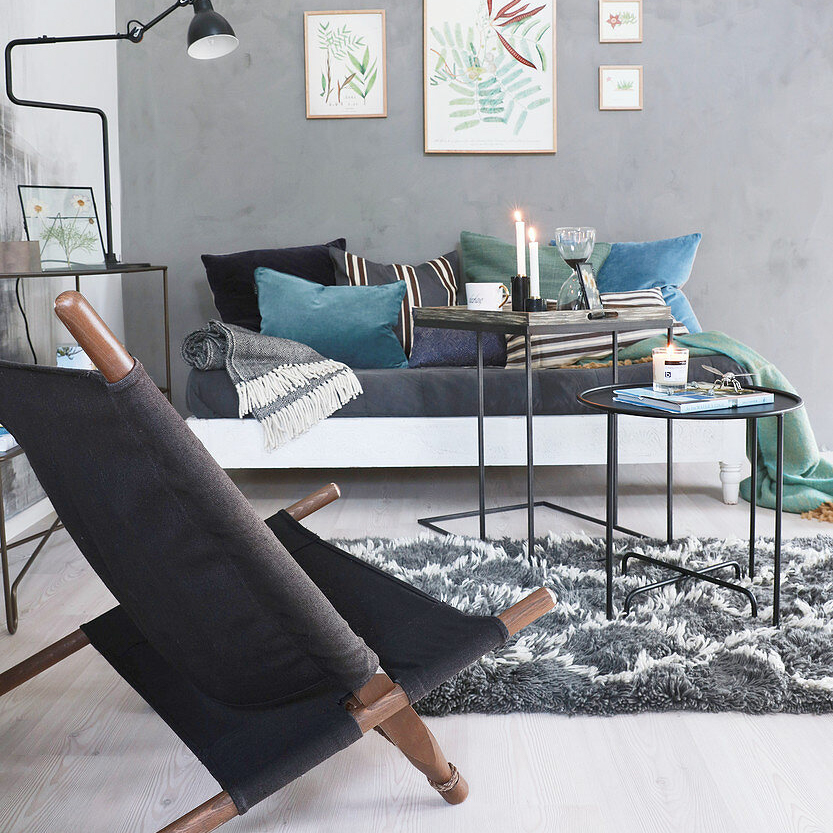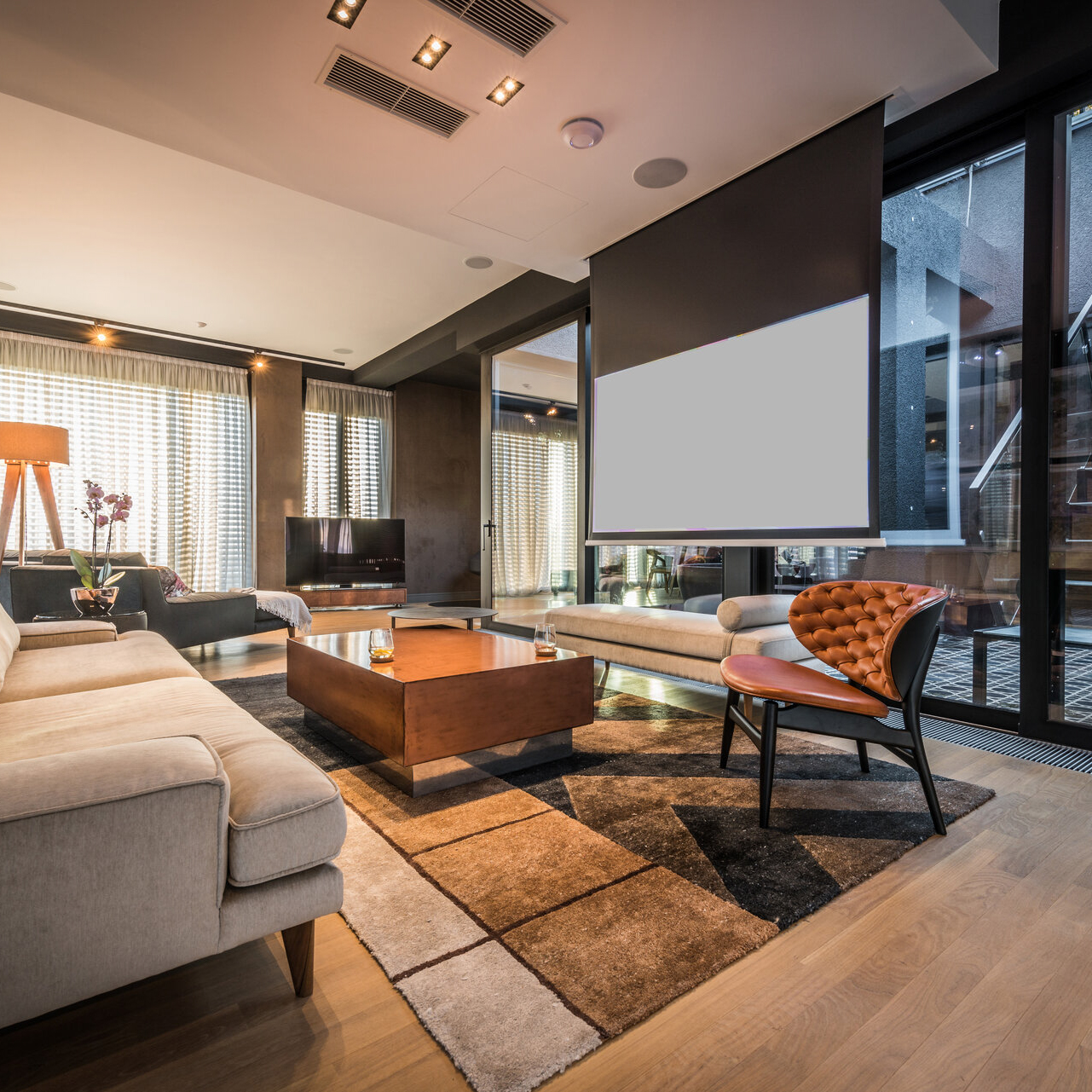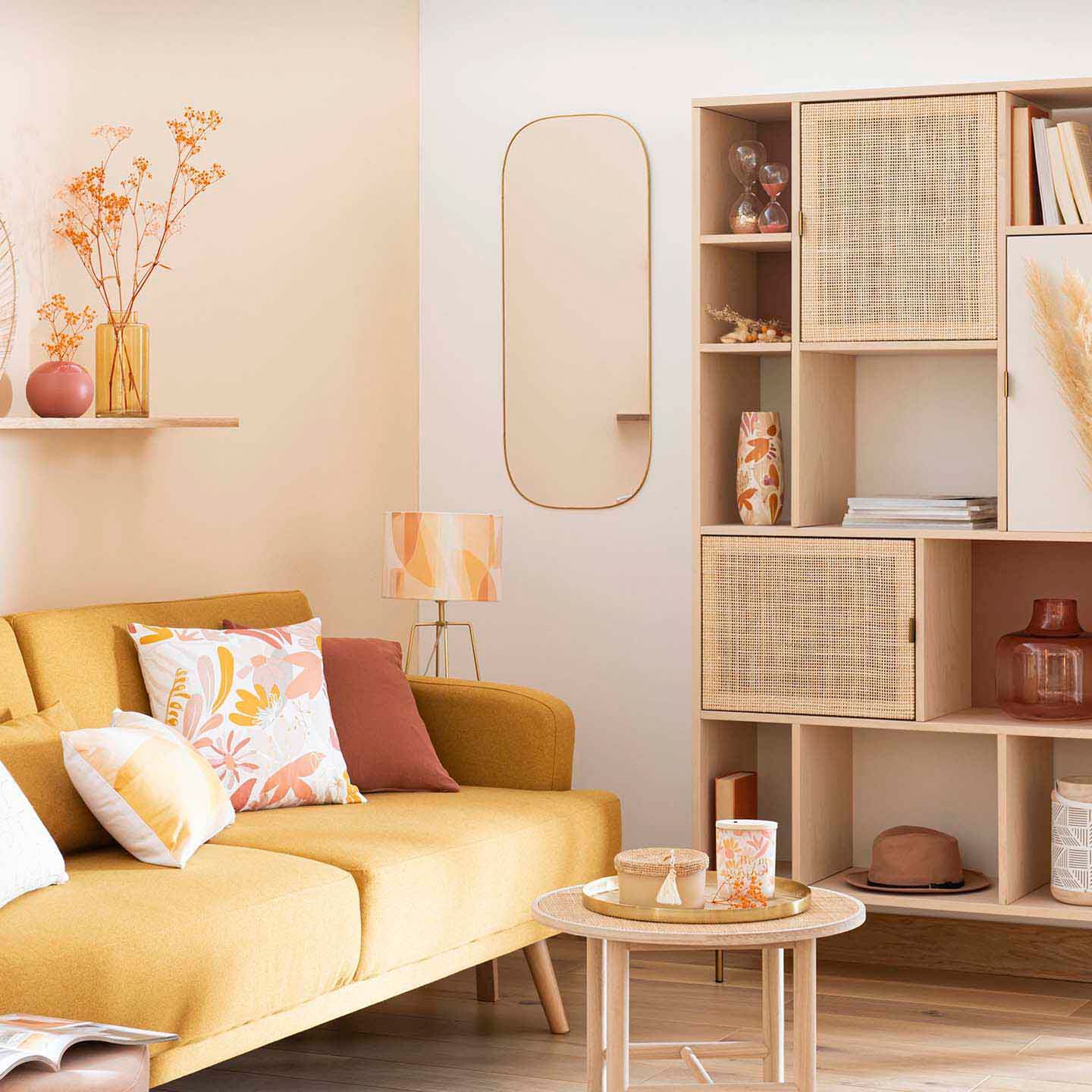
Style display is the property that reflects how a browser renders the elements of HTML in a web page. This box model affects how all other styles on a page work and how they interact with one another.
The CSS display property consists of many different values that control how a box behaves. The most common values are inline and block.
Inline makes an element sit on a new line, allowing content to float left and right. Inline also takes up as much horizontal space as possible if no width properties are set on the element.
A block element, on the other hand, fills the entire line and no content can float off the left or right side. Inline is often used to maintain a content flow and avoid breaking up the text with a large font.
The display property is a powerful tool for determining how a box will behave and what its contents will look like. It is especially useful when dealing with a variety of screen sizes and devices.
To use display to show and hide elements, you must first access an element’s DOM with JavaScript or jQuery. Once you do, you can change the value of its display to show or hide it.
You can do this using a toggleClock() function, which checks the current value of an element’s display, and then switches it to the desired value. For example, if the clock is currently set to display: “block”, you can use a toggleClock() function to switch it to display: “none”.
In addition to displaying or hiding an element, there are also several other ways that the display property can change how a box looks. The most important of these is how it changes the content that is contained inside an element.
When an element’s display is set to none, the content that it contains will be hidden from view completely. This is similar to setting the visibility property to hidden, except that the element will remain in place and take up no space at all.
However, a more pragmatic approach is to display elements only where necessary and hide them when they no longer need to be displayed. In this way, you can create responsive layouts that adapt to a wide range of viewing situations.
For example, you can use the display: none value to hide an element on a mobile device and show it on a desktop computer. This will allow you to easily and quickly create responsive layouts that adapt to a large range of screen sizes without creating separate versions of the same site.
The display property also has a special value for flexbox, which is a new layout method that allows you to reorder or align content on a page. This can be handy for reordering items on a page, avoiding having to resort to hacks like putting a breakpoint on an element.
You can learn more about display in the following article: The Complete Guide to Display.



